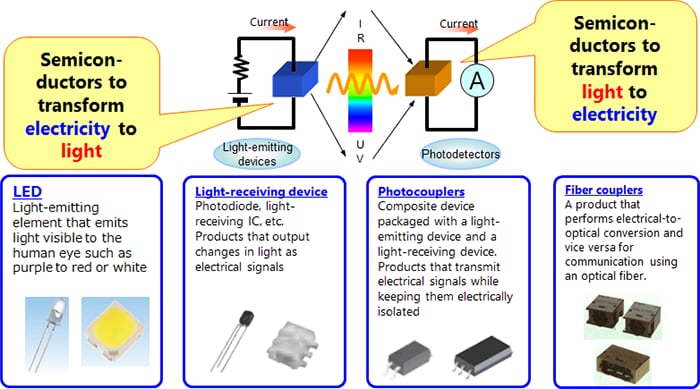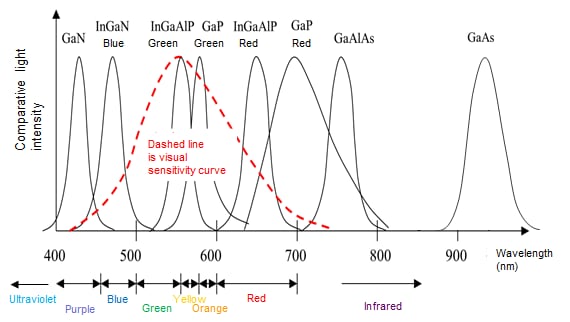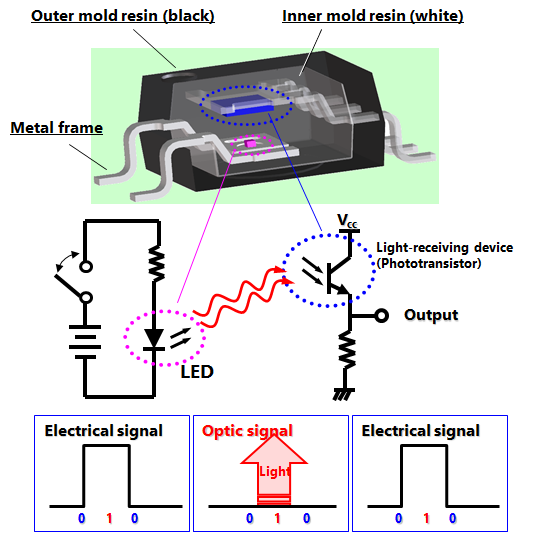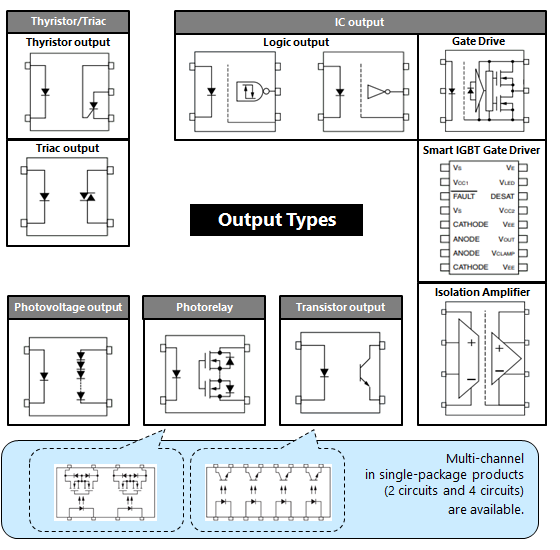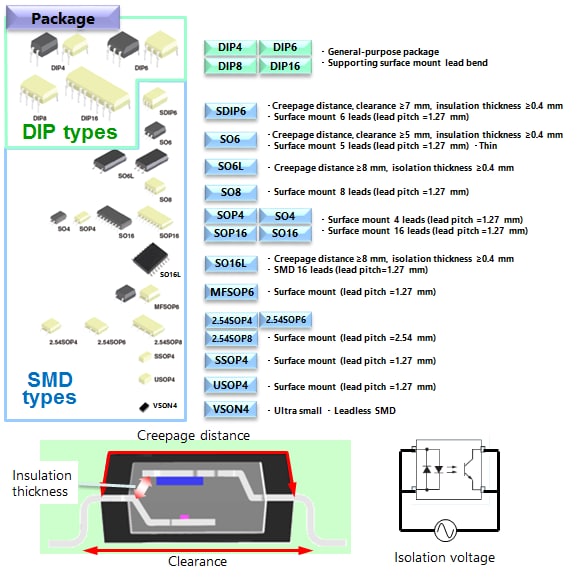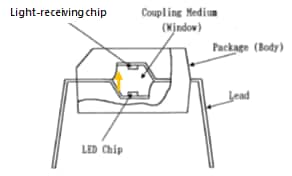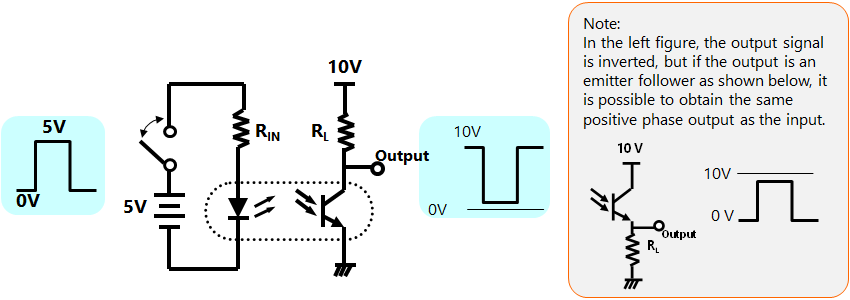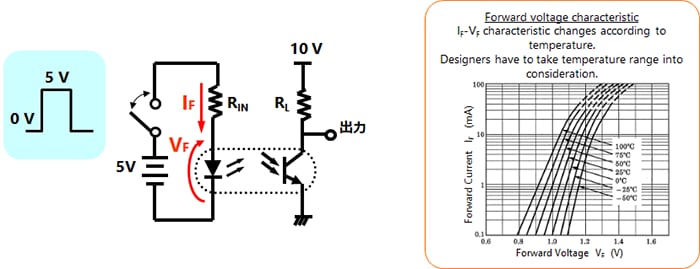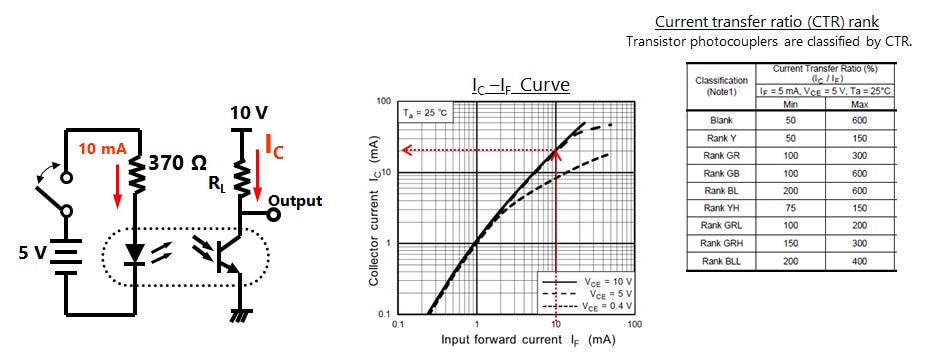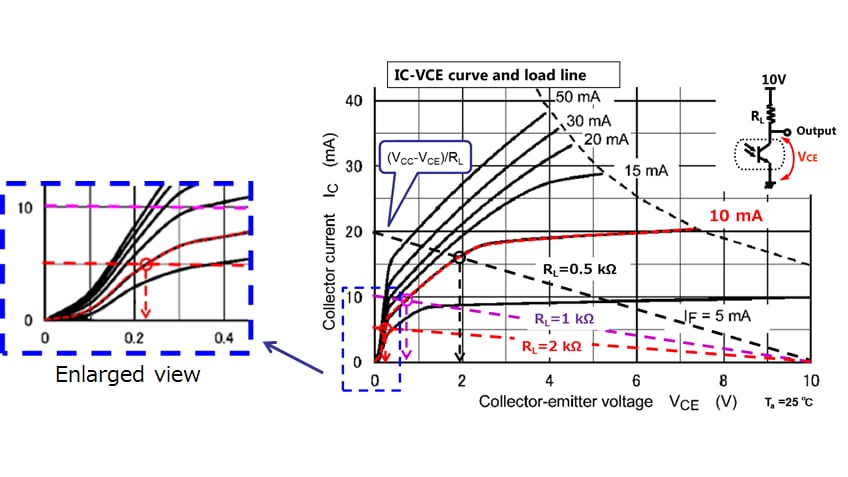- General Top
- SEMICONDUCTOR
- STORAGE
- COMPANY
-
My ToshibaSemicon
- Semiconductor Top
-
ApplicationsAutomotive
Body Electronics
xEV
In-Vehicle Infotainment
Advanced Driver-Assistance Systems (ADAS)
Chassis
IndustrialInfrastructure
BEMS/HEMS
Factory Automation
Commercial Equipment
Consumer/PersonalIoT Equipment
Healthcare
Wearable Device
Mobile
Computer Peripherals
-
ProductsAutomotive Devices
Discrete Semiconductor
Diodes
Transistors
Logic ICs
Analog Devices
Digital Devices
Wireless Devices
※
: Products list (parametric search)
Power SemiconductorsSiC Power Devices
※
: Products list (parametric search)
Isolators/Solid State RelaysPhotocouplers
Digital Isolators
Solid State Relays
Fiber Optic Transmitting Modules
※
: Products list (parametric search)
MOSFETsIGBTs/IEGTsBipolar Transistors※
: Products list (parametric search)
Diodes※
: Products list (parametric search)
MicrocontrollersMotor Driver ICsIntelligent Power ICs※
: Products list (parametric search)
Power Management ICsLinear ICs※
: Products list (parametric search)
General Purpose Logic ICsLinear Image SensorsOther Product ICsOther Product ICs
※
: Products list (parametric search)
-
Design & Development
-
Knowledge
- Where To Buy
- Part Number & Keyword Search
- Cross Reference Search
- Parametric Search
- Stock Check & Purchase
This webpage doesn't work with Internet Explorer. Please use the latest version of Google Chrome, Microsoft Edge, Mozilla Firefox or Safari.
require 3 characters or more. Search for multiple part numbers fromhere.
The information presented in this cross reference is based on TOSHIBA's selection criteria and should be treated as a suggestion only. Please carefully review the latest versions of all relevant information on the TOSHIBA products, including without limitation data sheets and validate all operating parameters of the TOSHIBA products to ensure that the suggested TOSHIBA products are truly compatible with your design and application.Please note that this cross reference is based on TOSHIBA's estimate of compatibility with other manufacturers' products, based on other manufacturers' published data, at the time the data was collected.TOSHIBA is not responsible for any incorrect or incomplete information. Information is subject to change at any time without notice.
require 3 characters or more.
5-12. Aging Variation Data of Photocouplers
Download "Chapter V : Optical Semiconductors" (PDF:1.8MB)
Aging variation data of photocouplers
The optical output of the light-emitting element (LED) decreases with the passage of time. In photocouplers, aging variation of optical output of LED is more dominant than that of optical receiving devices. Therefore, the designer needs to estimate the decrease in the light emission level using the data of aging variation of the adopted photocoupler. The designer calculates the light output change of the LED from the usage environment of the equipment to be used and the total operating time of the LED. It is necessary to reflect this value in the initial value of forward current (IF) of the LED.
* For example, when duty (time duration of light emission) is 50% and working hours are 1,000 h, total operating time is calculated to be 500 hours.

The left-hand figure shows aging variation data of LED optical output.
The right-hand figure shows the operating time when LED optical output drops below a certain criterion.
For example, point A in the left-hand figure and point B in the right-hand figure show aging variation under the same conditions. (IF=50 mA, Ta=40℃, 8000 h).
Chapter V : Optical Semiconductors (Isolators/Solid State Relays)
Related information
- Products
- Application Notes
- FAQ


